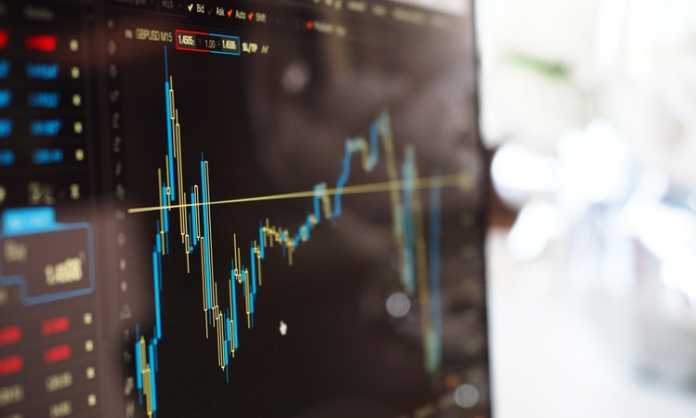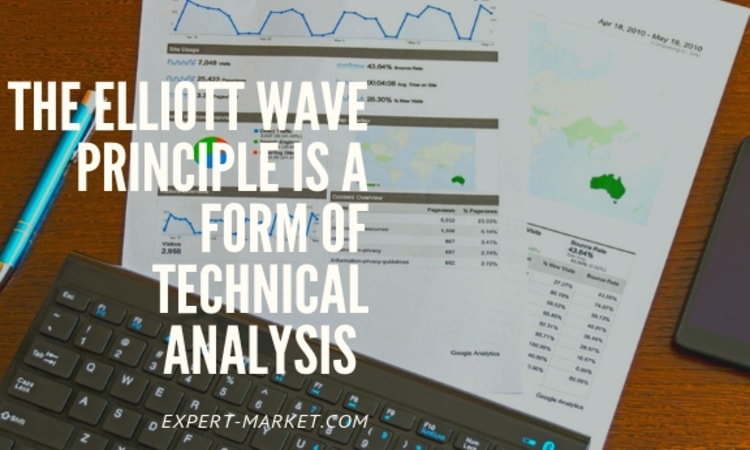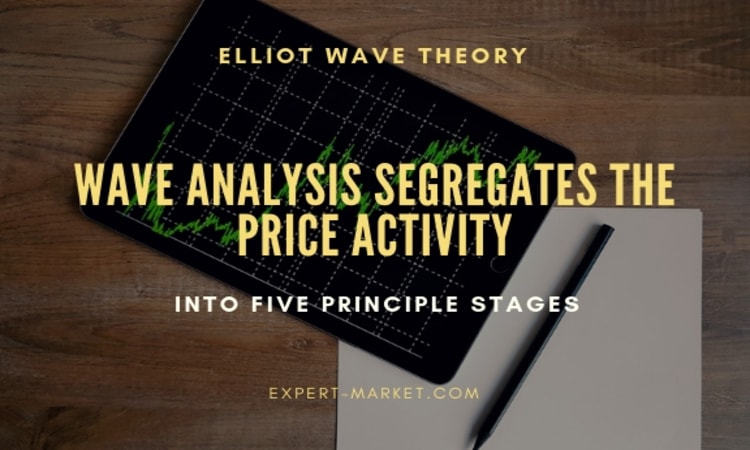Elliott Wave Theory is a mainstream technique for an investigation that applies a specialized methodology with a key analysis interpretation. The theorists of the Elliott Wave additionally focus strictly on the price value activity, and consent to the thought that the cost is the start and end of all investigation; however they perceive that there is an existence of an essential connection between credit, liquidity, and monetary strength which underlies the current trends of the price in the existing market.
The wave analysis theory has been in practice since the year 1930 and it has been viewed both as pseudo-science, and as a viable technique for managing the vulnerabilities of the market. Certain Scholastics tend to ignore it all in all, but there are certain celebrated personalities in the trading and exchange world, for example, Paul Tudor Jones and Robert Prechter, who guarantee that they have accomplished huge success by utilizing the same.
Estimation
The Elliott Wave Theory depends on the repeating idea of events in the market. Most dealers and traders know about the way that these events in the market and certain conditions pertaining to the economy have a tendency to repeat in time with a differing recurrence.
A development stage might be outstandingly long, or a phase called as recession yet the idea of exchanging and financial activity guarantees that at some point or another the current conditions will return to the inverse, and the market
Exchanging with the Elliott Wave
A scholar will segregate the trend of the price into a few sub trends and consider exchange opportunities based on patterns that happen at lower levels. Despite the fact that Elliott Wave Theory is regularly talked about with regards to trades of decades or years, but the The Elliott wave principle is a form of technical analysis
Wave analysis segregates the price activity into five principle stages. At the initial stage, the pattern is scarcely clear as just a few dealers know about the rising potential it has. At stage two, there is a little amendment, yet it never brings costs beneath the point of inception of the pattern.
Stage three is the most grounded and extremely powerful, and furthermore drives a substantial number of observers into the price activity. Stage four is the following restorative stage, and stage five is the last, foaming period of the pattern where everybody is bullish and a monstrous amount of capital enters the market. Eventually, Stage five is trailed by a crumple which closes the pattern.
Choosing where every one of these stages start or closes is generally a matter of instinct. In that capacity, there are no, for the most part, acknowledged strategies, and every trader and dealer will, at some point or another, extemporize his very own procedures for deciding the time span of a pattern.
This isn’t really an issue, since the most ideal method for adapting to the resultant disappointments and misfortunes is picking a procedure that will suit your resistance for risk and mental flexibility in exchanging and trading. Because of the fact that every individual is unique, understanding of Wave Theory likewise shifts from individual to individual.





























